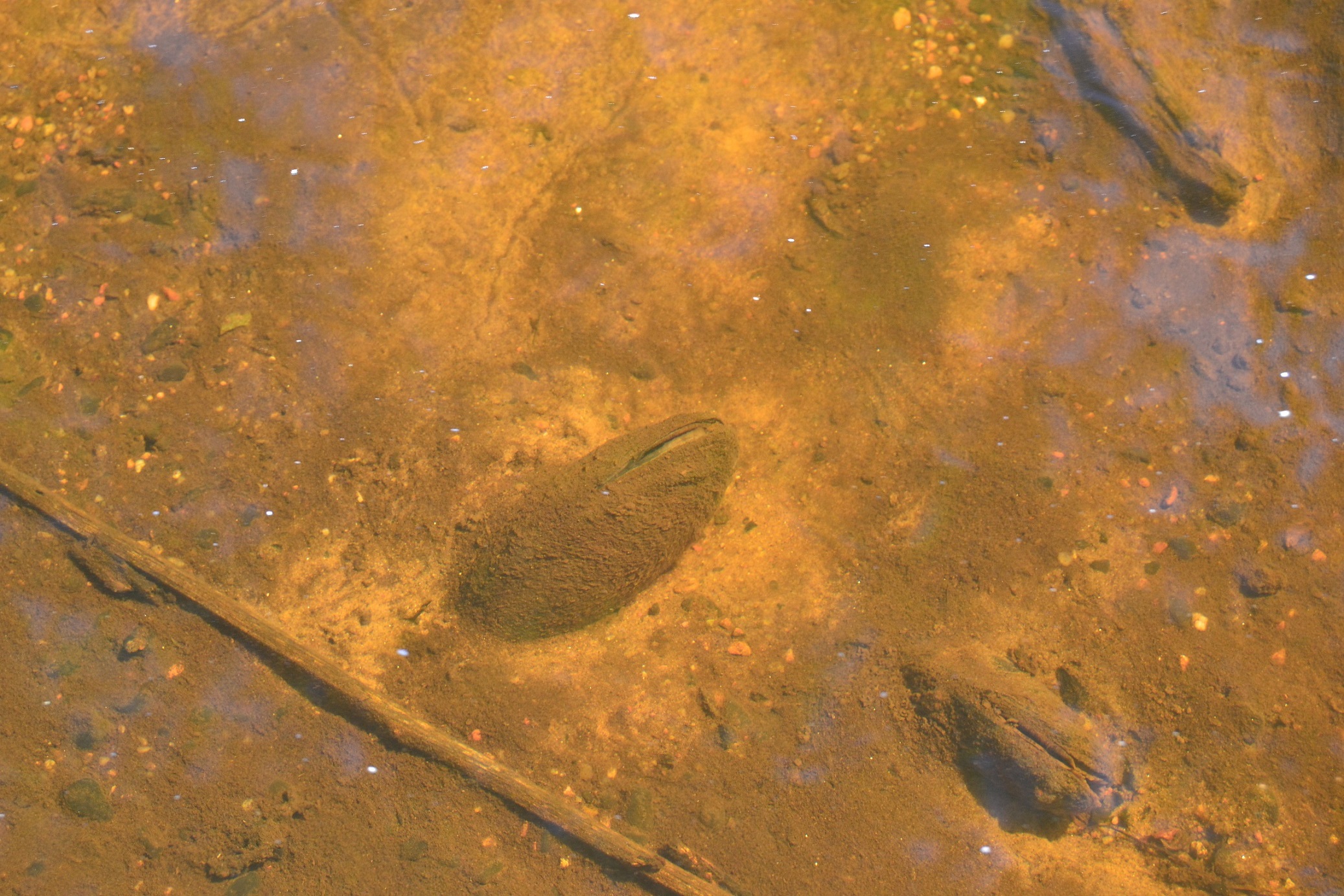What changes in biodiversity will climate change bring?
Global warming is caused by the greenhouse gases (CO2, CH4, N2O, F-gases) released into the atmosphere, which create the greenhouse effect [1]. These gases do not release the thermal radiation from the Earth back into the atmosphere and the heat is reflected back to Earth [2]. Due to global warming, extreme weather events – storms, floods, droughts – are becoming more common and longer [2]. These factors cause changes in the abundance, composition, and habitats of species, as well as the entire biodiversity.
Climate change is particularly affecting the species that have adapted to specific environmental conditions, such as corals, which require a certain water temperature. Changes can also encourage the spread of alien species; the islands where native species have not adapted to rapid environmental changes are the most vulnerable to them. The warmer climate also promotes the distribution and abundance of domestic species whose large numbers are causing problems (for example, the European spruce bark beetle), while the distribution limits of the species may also become narrower: for example, northern species for whom Estonia is currently the southernmost region may not be found in Estonia in the future

Global warming may worsen the quality of surface water bodies in Estonia (algal blooms increase) and the living conditions of the species living there if the oxygen level falls. Storms will be more frequent in the marine environment; as the carbon dioxide dissolves, the water will become more acidic, reducing the amount of calcium carbonate, which is needed to form the shells of molluscs [3]. As rainfall increases, there will be difficulties in obtaining timber from the forests, while in agriculture, the same will apply crops due to excessive moisture; at the same time, extreme droughts are becoming more frequent. However, on the other hand, the growing season will be longer, increasing yields, and there will be an opportunity to grow new species [4].
In order to preserve biodiversity in the changing climate conditions, adaptation measures for 2017–2030 have been developed in Estonia and they have been financially assessed. For example, 12 million euros is needed to maintain biodiversity in a changing climate, and 110 million euros is needed in the natural environment and bioeconomy fields [5].
Last modified: 13.01.2022
__________________________________________________________________________
[1] MTÜ Mondo maailmaharidus- ja koolituskeskus. 2018. Kliimamuutused.
[2] Kliimaministeerium. 2023. Kasvuhooneefekt ja kasvuhoonegaasid.
[3] L. Pajusalu, G. Martin, T. Paalme, A. Põllumäe, K. Oganjan. Hapestuv maailmamerevesi on suur oht kogu mereökosüsteemile. Eesti Loodus 9/2015.
[4] Keskkonnaministeerium. 2016. Kliimamuutustega kohanemise arengukava aastani 2030
[5] M. Suškevičs (koost.). 2015. Kliimamuutuste mõjuanalüüs, kohanemisstrateegia ja rakenduskava looduskeskkonna ja biomajanduse teemavaldkondades. Projekti BioClim lõpparuanne (alusuuring).